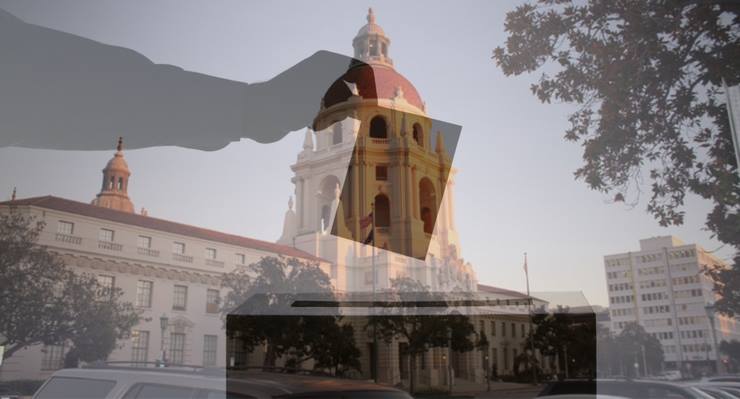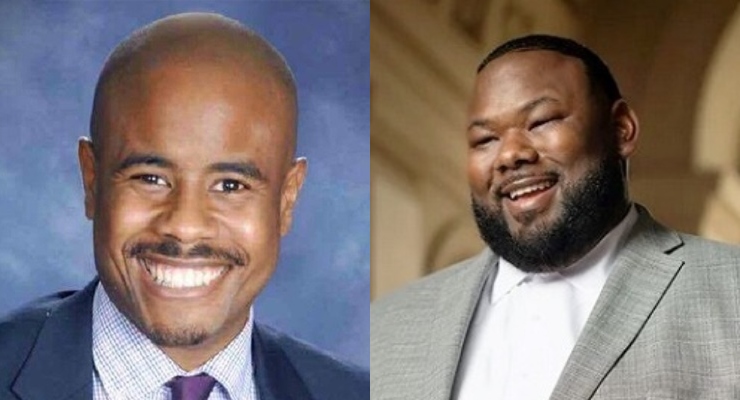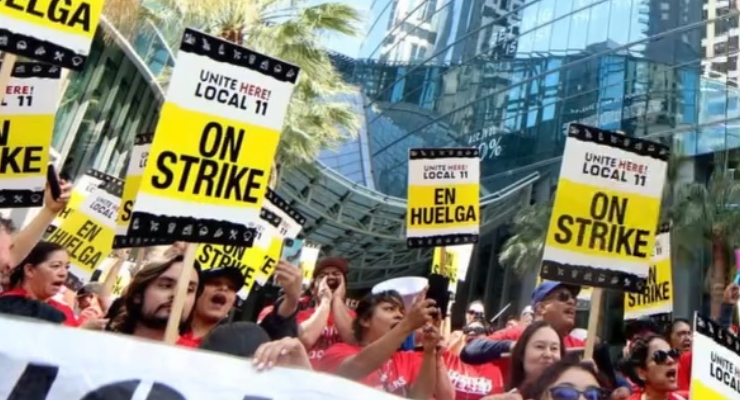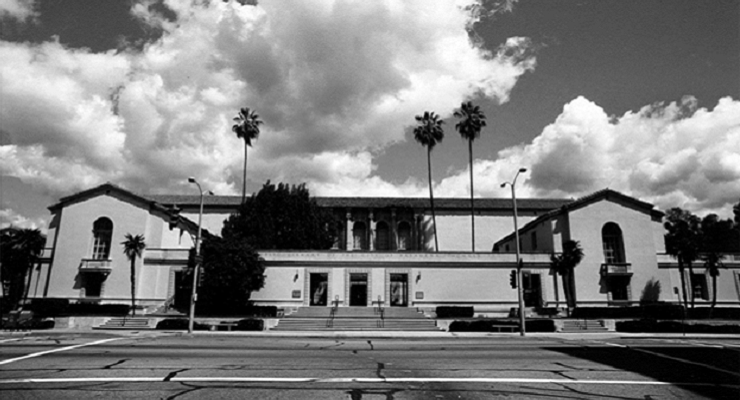
Pasadenans love our public libraries. Last November, voters supported the extension of a special tax that supports the library system by a margin of 84.6%.
Sadly, the centerpiece of our system, Pasadena’s landmark Central Library, has been dark since the City abruptly closed it nearly two years ago. Somehow, the century old structure had escaped seismic evaluation — and was suddenly deemed unsafe to occupy. Last fall, the City signed a nearly $6 million contract to spend two years designing an engineering fix. The estimates for stabilizing the building from a future earthquake are at least $120 million.
Mayor Gordo appointed a technical advisory panel of citizen experts to keep watch on the design phase. But a much more pointed question remains to be addressed: what will we get for a $120 million investment in saving the building?
For some in the community, that’s a no brainer: our Central Library is an iconic Civic Center landmark, home of a priceless collection of books and historic records. Cost is really not an issue.
But Pasadena is a city that just fifteen years ago spent $175 million (in today’s dollars) on a seismic upgrade to City Hall. We’re on the hook for paying off the bonds that financed the $183 million Rose Bowl renovation. Given all the strains on our budget (and the wide range of unmet community needs), it’s worth giving careful thought to what will go on in (and around) a restored Central Library. If cost is not an issue, then value should be.
The visionaries who first planned our cherished Civic Center (including the Myron Hunt-designed Central Library) took the long view. They planned for the future. That has served us well for a century. We bear the same responsibility in designing a library for the next century.
Predictably, raising this topic evokes a stale debate about books vs. technology. Bibliophiles staunchly defend the traditional primacy of the printed word (after all, the Latin root of “library” is librarius – “relating to books.”) Technophiles, on the other hand, see books as obsolete and imagine libraries as either banks of computers – or virtual resources that are untied to physical space.
This is a false and distracting dichotomy. Both traditional books and evolving technology have a place in a 21st Century library. The focus should not be on “what” goes in a library – it should be on “why” we continue to need one.
America’s first lending library was organized by Benjamin Franklin. Books were exceedingly expensive and rare in the colonies. As Franklin recalls in his autobiography, “so few were the readers at that time in Philadelphia, and the majority of us so poor,” that he organized a subscription drive to pool resources to purchase the library’s first books from London. But the library collected and shared a range of tools including a microscope, telescope and air pump as well as materials for study, including ancient coins, fossils, natural history specimens, and minerals.
Why? There was a hunger for learning that was not confined to the tiny affluent class. Workingmen like Franklin (a printer) were interested in broadening their limited horizons. Beyond formal schooling, Franklin noted, “the library afforded me the means of improvement by constant study, for which I set apart an hour or two each day, and thus repair’d in some degree the loss of the learned education my father once intended for me.”
Franklin’s inspiration points to the enduring value of a public library: not to simply be a temple dedicated to books, but to serve as an open university of learning and civic enrichment, a lively public space to be shared by everyone in our community.
What does that look like in the 21st Century? In a city with such rich cultural and intellectual resources, Pasadena’s Central Library could be a hub for a much expanded range of activities, events, exhibits, classes, performances and convenings.
Want to learn Spanish? Attend a concert? Discuss current events? Tutor young students? Act in a play? Practice the violin? Edit a film? Sample international cuisine? Get help on your taxes? Some will say our libraries already offer many of these activities. True! What if, however, they were not happening once a week or once a month but all the time? What if the library building and courtyard were revamped to offer a rich array of facilities to accommodate Pasadena’s countless clubs, organizations and institutions to activate the library 14 hours a day, seven days a week?
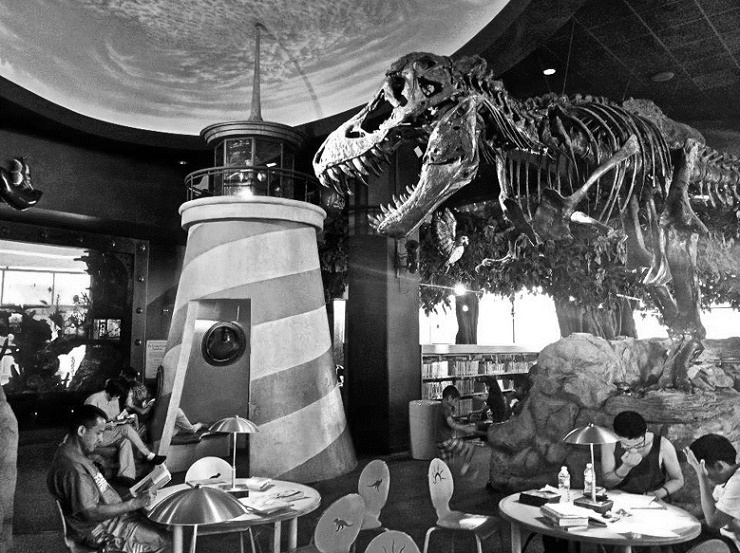
Libraries I’ve visited around the region, nation and other lands are laboratories of innovation. The Cerritos Library boasts a lifesize Tyrannosaurus Rex in the children’s room. The Gold Coast library system in Australia recruited renowned experts, skilled professionals and authors who can be booked for conversations by the hour. A library in upstate New York put out Adirondack chairs and tables to create “library on the lawn.” Another pairs teens with seniors to provide one-on-one technology training, advice and support. The Memphis public library has a recording studio for aspiring musicians and a video lab for budding filmmakers.
All this and more could be accomplished if we think creatively. The rear parking lot doubles the potential land to be utilized for any number of uses that could be designed to complement library offerings. It also offers the potential for some or all of it to be developed in a public-private partnership to help offset the capital and even operating costs of the renewed library.
The Mayor has convened community experts to provide advice on the engineering phase of restoring the Central Library. Last week, City officials announced the appointment of a Community Programming Committee to explore “how Central Library spaces, programs, and services can be reimagined to draw more people in the building and continue to serve as a primary gathering space.” That’s a good first step. As Library Director Tim McDonald commented: “This evolution is not a threat to libraries but an evolution.”
Pasadenans can access a myriad of entertainment options – both live and on our screens. Let’s set ourselves apart by offering an equally rich set of educational options – free and open to all in our community. Ben Franklin – and Myron Hunt – would be proud.
Rick Cole is a current Pasadena Planning Commissioner and a former Mayor of Pasadena. He serves as Chief Deputy Controller for the City of Los Angeles.
See Also: Rick Cole: Ten Grand Challenges to Transform Pasadena’s Future – Pasadena Now
1. Remove the concrete channel from the Arroyo: the beautiful valley running through our city is one of our greatest assets. Back in the Thirties, our default for handling periodic flooding was with engineering. We now know how to divert storm water to percolate back into the ground instead of flushing it out to sea. Removing the ugly channel would create a completely different feel to the lower Arroyo, Pasadena’s pre-eminent natural recreational gem
2. Remove and reclaim the 710 stub: Caltrans deliberately dug a huge hole and filled it with concrete to push traffic into residential neighborhoods in a failed attempt to force South Pasadena to surrender to the bulldozers. Now that the City of Pasadena has title to the property, we can eliminate this scar on the landscape and build parks, affordable housing and community assets to reknit the southern part of our city.
3. Connect Old Pasadena to PCC with a streetcar: There is Federal funding to route a street car loop on Union and Green that would connect our historic core with the Playhouse District, South Lake and a campus with 30,000 students. It would link our greatest assets (Caltech would also be in walking distance) to the regional light rail stop at Memorial Park and make navigating between them easy and non-polluting, reducing traffic.
4. Transform the Central Library into a 24/7 Learning Center: Life-long learning doesn’t just take place in formal schools — libraries have always been a place providing access to people of all ages and incomes to access learning. Books are just one form — but classes, maker spaces, speakers, conferences and activities could enliven the classic building which needs over $100 million in seismic upgrades which shouldn’t just be spent to put back books.
5. Create an Affordable Housing Authority: The City, School District and PCC should partner to use all available public land for creating workforce, student and affordable housing. With State mandates to build 6000 units of affordable housing in Pasadena over the next eight years, the public sector should take the lead to ensure maximum benefits to our local residents.
6. Replace outdated zoning with a new design code: Pasadena relies on a Design Commission to guide development of higher density apartments and condos — and the results are less than wonderful. The State now insists on “objective standards” — but Pasadena doesn’t have them for its high density development. Let’s make sure new development to provide needed housing is also compatible with our community’s high standards for design. The issue is not just how they look, but more importantly, how they function to compliment the neighborhoods around them.
7. Individualize help for the homeless: Community Solutions, a nationwide program based on extensive research, advocates for a “by name” registry of those accessing public and non-profit services so unhoused individuals and families aren’t bounced around uncoordinated programs and agencies. Sharing data can ensure the homeless get the help — and housing — they need, quickly and humanely.
8. Convert to carbon-free energy: Pasadena 100 is pushing our public utility to walk the walk of its environmentally-friendly talk by eliminating coal and natural gas from electric generation by 2035. With strong Federal support for renewable energy, it’s clearly doable — so why isn’t Pasadena leading?
9. Establish car-free zones: The pandemic has transformed many streets around the world into pedestrian zones that now are full of life and people. Businesses and residents love it! Let’s start with weekends and shut down Colorado between Fair Oaks and Pasadena Avenue. Or South Lake between Del Mar and California? Or the Colorado Street Bridge. Nearly everyplace it’s been tried, including here in Southern California, it is quickly so popular it goes year-round.
10. Make Pasadena bike-friendly: Countries like Holland and cities from Davis to Paris used to be unsafe and unattractive to bicyclists. Skeptics doubted that people would bike — but when protected bike lanes connect where people want to go, the shift happened more quickly than anyone imagined. Biking is cheaper and healthier for individuals and the planet. Why does Pasadena lag cities in the region like Long Beach, Santa Monica and Culver City?












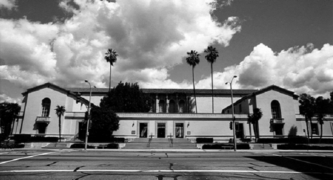

 1 comment
1 comment
